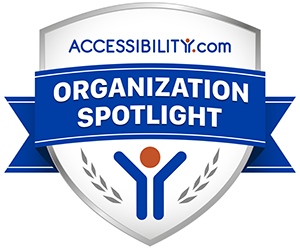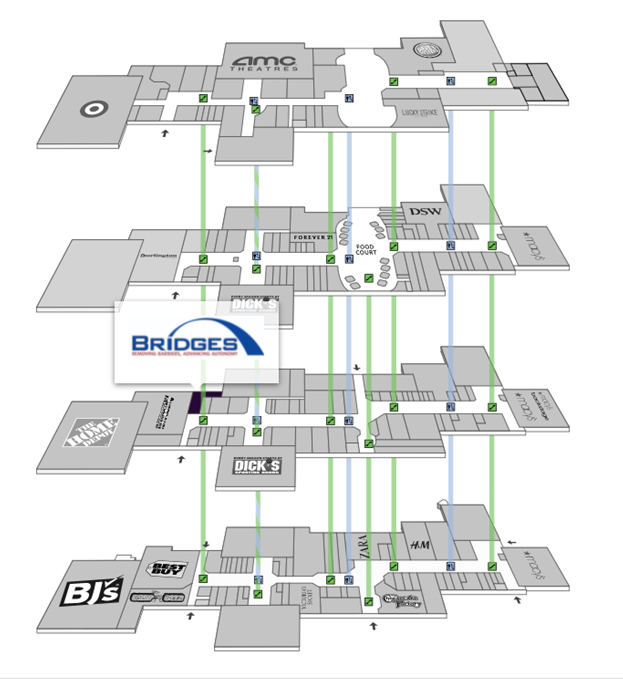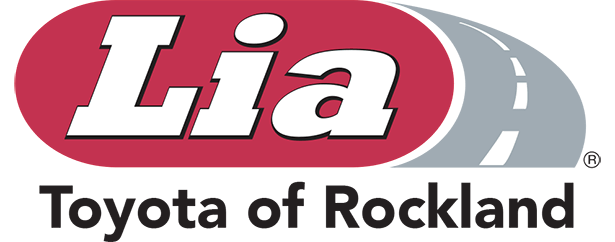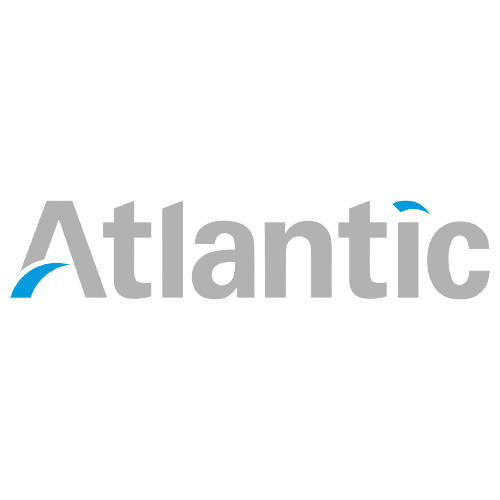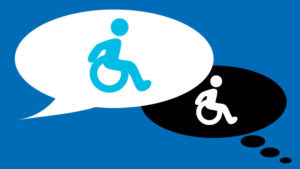
An image of a white caption bubble showing a still wheelchair
An image of a black thought bubble showing a still wheelchair
The way people use language is important. People should think about the language they choose when interacting with others and in their everyday conversations, writing, and media content. Language is sometimes problematic for the disability community, but it does not have to be. We have a choice to use either positive or negative language when talking about disability.
Let’s look at some of the language used to describe autism, for example, just because my disability is autism.
When reading about autism on the internet, we can find it described as “a spectrum disorder.” Note the use of the word “disorder.” We may read “Autism is reported by the Centers for Disease Control at an alarming rate of 1:59.” Note the use of the word “alarming.” We also find expressions such as “causes and better intervention.” The choice of words used by some mainstream organizations makes readers focus on the negative aspects of autism instead of positive things about autism.
A more positive message is sent when organizations use positive language such as “Autism is a neurological variation” or “autism is a genetic component of the human spectrum” or “autism is a lifelong disability needing supports to live a life like everyone else.”
Language can affect people with disabilities in a negative way or a positive way. Years ago, some people with Muscular Dystrophy didn’t like the language used during the Jerry Lewis Telethon. For example, Jerry Lewis wrote an essay entitled “If I Had Muscular Dystrophy.” He wrote, “I decided after 41 years of battling this curse that cripples children of all ages, that I would put myself into that chair, that steel imprisonment that has long been deemed the dystrophic child’s plight.” Even today, some people still use language that demeans people in our community who need supports to live in the community among each other. Another example of negative language is when people use words like “cure” or “victim” or “suffering from” or “crazy.”
In order to build bridges, we need to use positive language that creates a harmonious world, not a divisive one. Positive language includes identity first language, expressions such as “Little Person,” and love.
We can listen to words that harm people or we can listen to words that build up people’s self-esteem, bridge their family relationships, and ensure individuals will not feel like a burden, diseased, or ill. Disability is a part of the human experience. Even if people do not have a disability, as community members, they can become aware of the support available if they do become disabled or if they bring a disabled child into the world. There is plenty of support out there for the disability community, both for the disabled person and for their family members, but when the first words heard at a conference or read on the internet about the disability are negative, they can cause tenuous, divisive, and unnecessary problems. Let’s think about the language we use to ensure we build bridges, harmony, and supports for everyone when it comes to disability whether it is Autism, Muscular Dystrophy, Cerebral Palsy, Down Syndrome, Multiple Sclerosis, Blindness, Epilepsy, etc.
